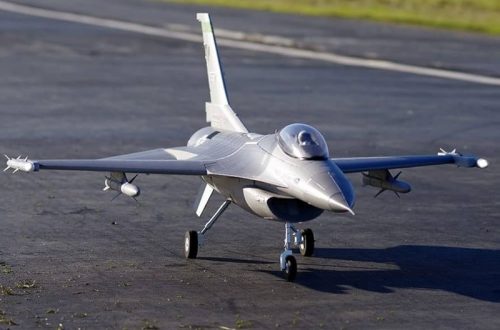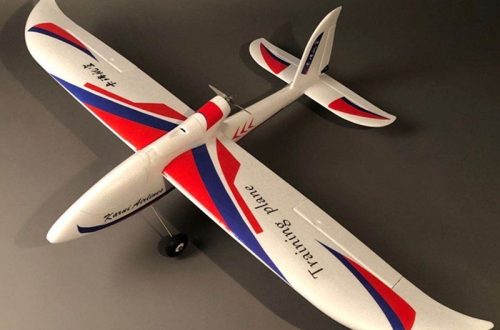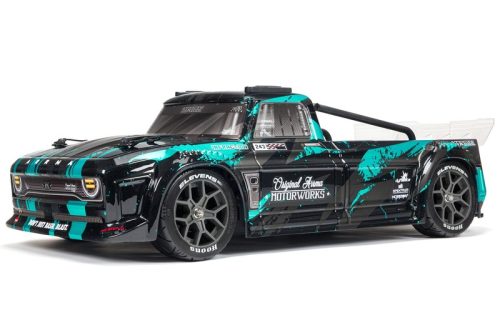Part 1: Understanding FPV Drone Kits
FPV (First Person View) drone kits are a popular choice for beginners who want to enter the world of drone piloting and aerial photography. These kits typically include a drone, a controller, and goggles that provide a real-time view from the drone’s onboard camera. They are an excellent starting point for those new to drone flying and can be customized and upgraded as pilots develop their skills and requirements.
1. Complete Package:
FPV drone kits offer a complete package that provides everything a beginner needs to get started. This includes a ready-to-fly (RTF) drone, a controller with an integrated FPV display, and a set of FPV goggles. This eliminates the need to purchase components separately and ensures compatibility between the components.
2. Immersive Experience:
The FPV goggles included in the kit provide an immersive flying experience, allowing pilots to see through the drone’s camera in real-time. This immersive view enhances the piloting experience and makes it easier for beginners to control the drone from a first-person perspective.

Part 2: Choosing the Right FPV Drone Kit
When exploring FPV drone kits for beginners, it’s important to consider a range of factors to ensure the chosen kit meets the pilot’s needs and skill level. Understanding the key components, features, and performance capabilities is crucial for making an informed decision.
1. Drone Performance: A Foundation for Success
When evaluating a drone for beginners, it’s crucial to assess its performance capabilities. Flight time is a key consideration, as it determines how long you can enjoy flying before needing to recharge the battery. A longer flight time provides more opportunities to practice and explore.
Range is another important factor, as it determines how far the drone can fly away from the controller before losing connection. A longer range allows for greater flexibility and exploration of different flying environments. Stability is also essential, especially for beginners who are still learning to control the drone. A stable drone is less likely to experience sudden movements or crashes, making it easier to fly and maneuver.
Finally, camera quality is a significant factor, especially if you plan to capture aerial footage. A high-resolution camera with good image stabilization can produce stunning videos and photos. However, for beginners who are primarily focused on learning to fly, a basic camera may suffice.
2. Controller and Goggles: The Flying Experience
The quality and functionality of the controller and FPV goggles are equally important in determining the overall flying experience. A reliable and user-friendly controller provides intuitive controls and a comfortable grip, making it easier to navigate the drone. Look for a controller with clear labeling and easy-to-access buttons.

FPV goggles are essential for experiencing first-person-view flying. They should be comfortable to wear for extended periods and provide a clear and high-resolution display. The field of view is also important, as it determines how much of the surrounding environment you can see. Look for goggles with a wide field of view for a more immersive flying experience.
A good controller and FPV goggles can significantly enhance the flying experience for beginners. By investing in quality accessories, you can ensure that you have the tools you need to learn and enjoy flying your drone.
Part 3: Features to Look for in FPV Drone Kits
A variety of features can greatly enhance the capabilities and user experience of FPV drone kits. Understanding these features and how they impact the performance and functionality of the drone is essential for beginners.
1. Camera Quality: Capturing the World from Above
The onboard camera is a crucial component of any FPV drone kit, especially for beginners who are interested in capturing aerial footage. A high-resolution camera with image stabilization capabilities can provide stunning videos and photos, even in challenging conditions.
Image stabilization technology helps to reduce camera shake, resulting in smoother and more stable footage. This is particularly important for beginners who may not have the same level of piloting skill as experienced flyers. A high-resolution camera also allows for greater detail and clarity in the captured images, making it easier to identify objects and landmarks.

2. Flight Modes and Safety Features: A Helping Hand
Beginner-friendly flight modes can significantly enhance the flying experience for new pilots. Altitude hold, for example, allows the drone to maintain a constant altitude, making it easier to control and maneuver. One-key takeoff and landing simplify the process of launching and landing the drone, reducing the risk of accidents.
Headless mode is another helpful feature that can assist beginners. In headless mode, the drone’s orientation is relative to the controller, rather than its initial position. This can be beneficial for beginners who may struggle with orientation while flying.
Safety features like GPS, return-to-home function, and obstacle detection are also essential for beginners. GPS allows the drone to maintain its position and altitude, making it easier to fly in windy conditions. The return-to-home function ensures that the drone can automatically return to its takeoff point if it loses connection with the controller. Obstacle detection helps to prevent collisions with objects, reducing the risk of damage to the drone or surrounding environment.
Part 4: Popular FPV Drone Kits for Beginners
Several FPV drone kits are well-suited for beginners looking to explore aerial photography and drone piloting. Each kit offers unique features and capabilities that cater to different preferences and skill levels.
1. DJI FPV Combo:
The DJI FPV Combo is a comprehensive kit that includes a powerful and feature-rich drone, a dedicated controller, and high-quality FPV goggles. It offers an easy-to-use interface, multiple flight modes, and a high-quality camera, making it an excellent choice for beginners.

2. EMAX Tinyhawk II:
The EMAX Tinyhawk II is a micro-sized FPV drone kit designed for indoor and outdoor flying. It is a great option for beginners looking to practice their piloting skills in smaller spaces before moving on to larger drones. The kit includes a lightweight, durable drone, a simple controller, and compact FPV goggles.
Part 5: Factors to Consider Before Purchasing an FPV Drone Kit
Before making a purchase, beginners should consider several factors that can influence their FPV drone kit experience. These factors can help ensure that the chosen kit aligns with the user’s skill level, preferences, and intended use.
1. Budget:
Establishing a budget is a crucial step when considering purchasing an FPV drone kit. Beginners should carefully assess their financial limitations to ensure that they can afford the desired features and capabilities. By setting a budget, you can avoid overspending and make a more informed decision about which kit best suits your needs.
When setting a budget, it’s important to consider all the factors involved in owning an FPV drone. In addition to the initial cost of the drone kit itself, you may need to budget for additional accessories such as spare batteries, propellers, and repair tools. It’s also essential to factor in the potential costs of repairs or replacements if the drone is damaged.
2. Skill Level:
Understanding one’s skill level and experience with drone piloting can help determine the most suitable FPV drone kit. Beginners with no prior experience may benefit from kits with simplified controls and safety features, while those with some experience may prefer more advanced options.

Part 6: Learning and Progression with FPV Drone Kits
While FPV drone kits provide beginners with everything they need to get started, the learning process and skill development are ongoing. Progressing from a beginner to an intermediate or advanced pilot involves continuous practice, experimentation, and possibly upgrading or customizing the FPV kit.
1. Practice and Flight Time:
Beginners should focus on consistent practice and flight time to improve their piloting skills. Regular flying sessions can help pilots become more familiar with the controls and maneuverability of the drone, ultimately leading to better aerial photography and video recording.
2. Customization and Upgrades:
As pilots gain experience and a deeper understanding of their needs, they may choose to customize or upgrade their FPV drone kit. This could involve enhancements to the drone’s capabilities, such as camera upgrades, improved antennas for extended range, or advanced flight controllers for more precise control.
In summary, exploring FPV drone kits for beginners offers an exciting entry point into the world of aerial photography and drone piloting. Understanding the key components, features, and performance aspects can aid in selecting the right kit. Furthermore, FPV drone kits not only provide a complete package for beginners but also serve as a foundation for learning, progression, and customization as pilots continue to develop their skills and explore new possibilities in the realm of FPV flying.




